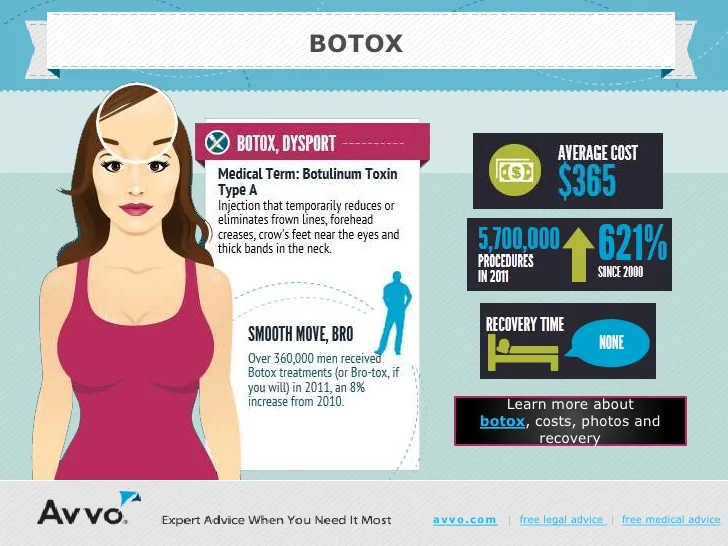Hormonal acne is defined by clogged pores and oily skin that commonly shows up on the chin and jawline. It happens when hormonal adjustments activate inflammation and bacterial overgrowth within hair roots.
Outbreaks might look like whiteheads, blackheads, papules or pustules and cysts or blemishes in extra extreme cases. It is more common in teens undergoing adolescence however can impact grownups of any kind of age.
What Creates Hormone Acne?
While acne can be brought on by a variety of factors, consisting of using hair and skin care products that aren't oil-free or made with ingredients that could clog pores, genetic predisposition, diet,2 and tension, the source is changing hormones. Hormonal acne occurs when the body experiences hormonal adjustments and fluctuations that lead to an overproduction of sebum, which causes inflammation, increased growth of bacteria and changes in skin cell task.
Hormone acne is usually located on the reduced jawline, cheeks and neck however can show up anywhere on the body. It is defined by acnes that are cystic, uncomfortable and full of pus or various other material. It is likewise most likely to occur in women than men, specifically during puberty, the menstrual cycle, maternity or menopause.
Age
While several children experience acne at some time throughout adolescence, it can continue to afflict adults well into adulthood. Called hormone acne, this type of breakout is tied to fluctuations in hormonal agents and is commonly most usual in ladies.
Hormone acne occurs when oil glands produce way too much sebum, which obstructs pores and traps dead skin cells. This results in the formation of blemishes, such as whiteheads, blackheads and papules, pustules, cysts or nodules, deep under the surface.
This type of imperfection commonly triggers pain, redness and swelling. It might likewise be intermittent and show up around the exact same time each month, such as right prior to your duration starts. This is because degrees of women hormones like progesterone and oestrogen rise and fall with each menstruation.
Menstruation
Hormonal acne commonly shows up in the lower part of your face, along the jawline and cheeks, as whiteheads, blackheads or inflammatory pimples (acnes and cysts). It's probably to appear around the moment when your menstruation modifications.
Especially around ovulation, when estrogen and progesterone degrees get on the increase, hormone variations can trigger breakouts. Yet it's likewise possible to obtain acne at any type of point throughout your 28-day menstrual cycle.
If you notice that your hormone acne flare right before your duration, try noticing when specifically this occurs and see if it relates to the stages of your 28-day menstruation. This will aid you pinpoint the origin of your skin difficulties. For example, you might wish to work on stabilizing your blood glucose and cutting out high-sugar foods, or take into consideration a prescription medication like spironolactone that can manage your hormonal agents.
Pregnancy
Expanding a baby is a time of significant hormonal adjustments. For lots of women, this consists of a flare-up of hormonal acne. This sort of outbreak typically starts in the first trimester, around week 6. It's triggered by hormonal agent surges that stimulate sweat glands to make more oil, which can block pores and cause even more bacteria to accumulate.
Breakouts might likewise take place as a result of pre-existing conditions like polycystic ovary disorder, which can also be a concern during pregnancy and menopause. Additionally, some types of contraceptive pill (such as Ortho Tri-Cyclen and YAZ) can set off hormone acne in some women.
The good news is, many acne therapies are "no-go" for expecting women (including preferred acne-fighting components such as isotretinoin and spironolactone). But if you can't stay clear of those frustrating bumps, your medical professional may suggest oral more info erythromycin or cephalexin, which are safe while pregnant.
Menopause
As females approach menopause, the estrogen degrees that caused their hormonal agent acne to flare up during the age of puberty begin to maintain and decrease. At the same time, nevertheless, a spike in androgens (additionally known as male hormonal agents) takes place since these hormonal agents can't be converted into estrogen as properly as before.
The extra of androgens can cause oil production by the sweat glands, which clogs pores. When the blocked pores come to be inflamed and inflamed, an acne forms.
Hormone acne is commonly seen on the face, especially around the chin and jawline, yet it can occur on the neck, back, shoulders, or breast. This sort of acne tends to flare up in an intermittent pattern, similar to the menstrual cycle. Anxiety, which increases cortisol and throws hormonal agents out of equilibrium, also adds to the outbreaks.
